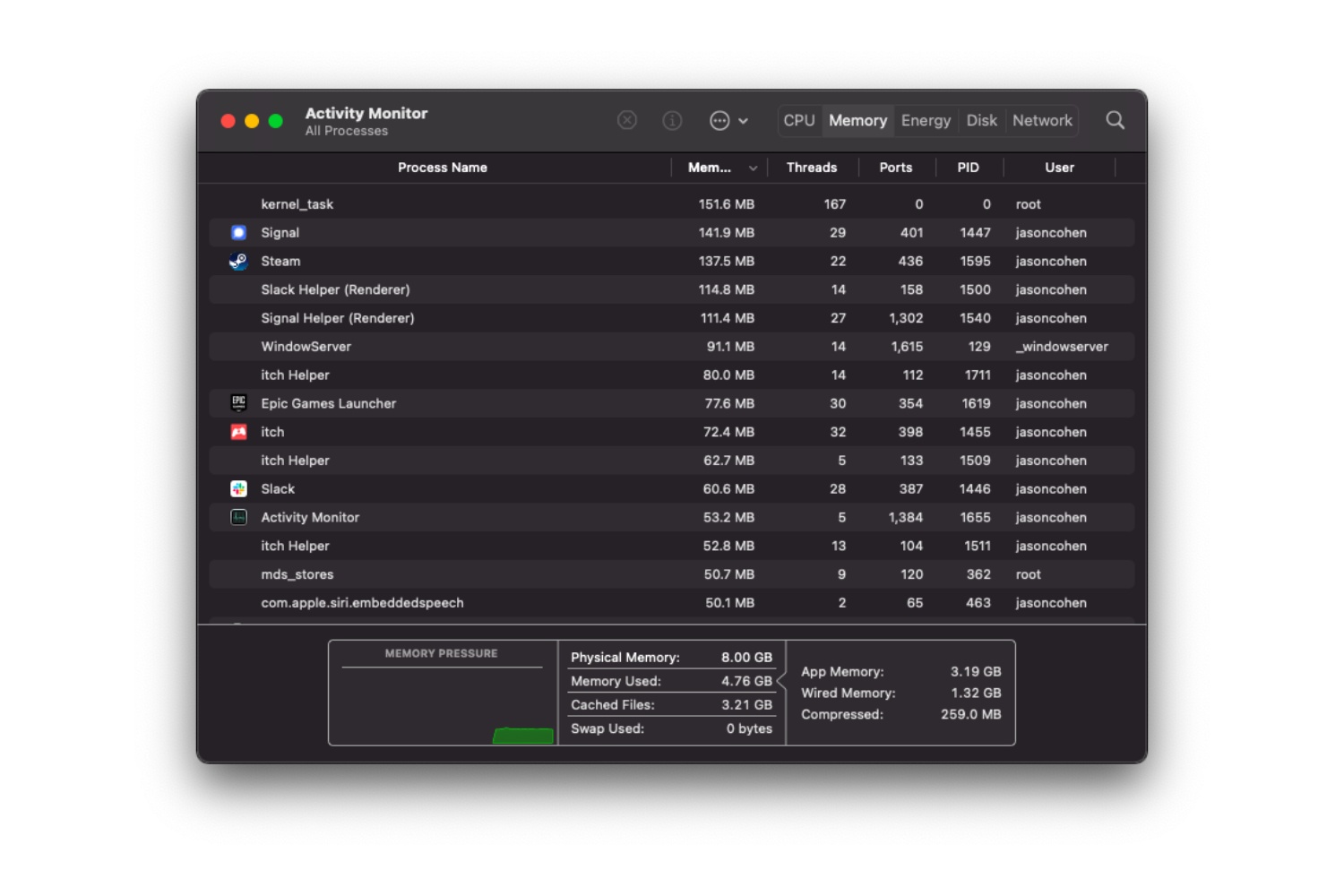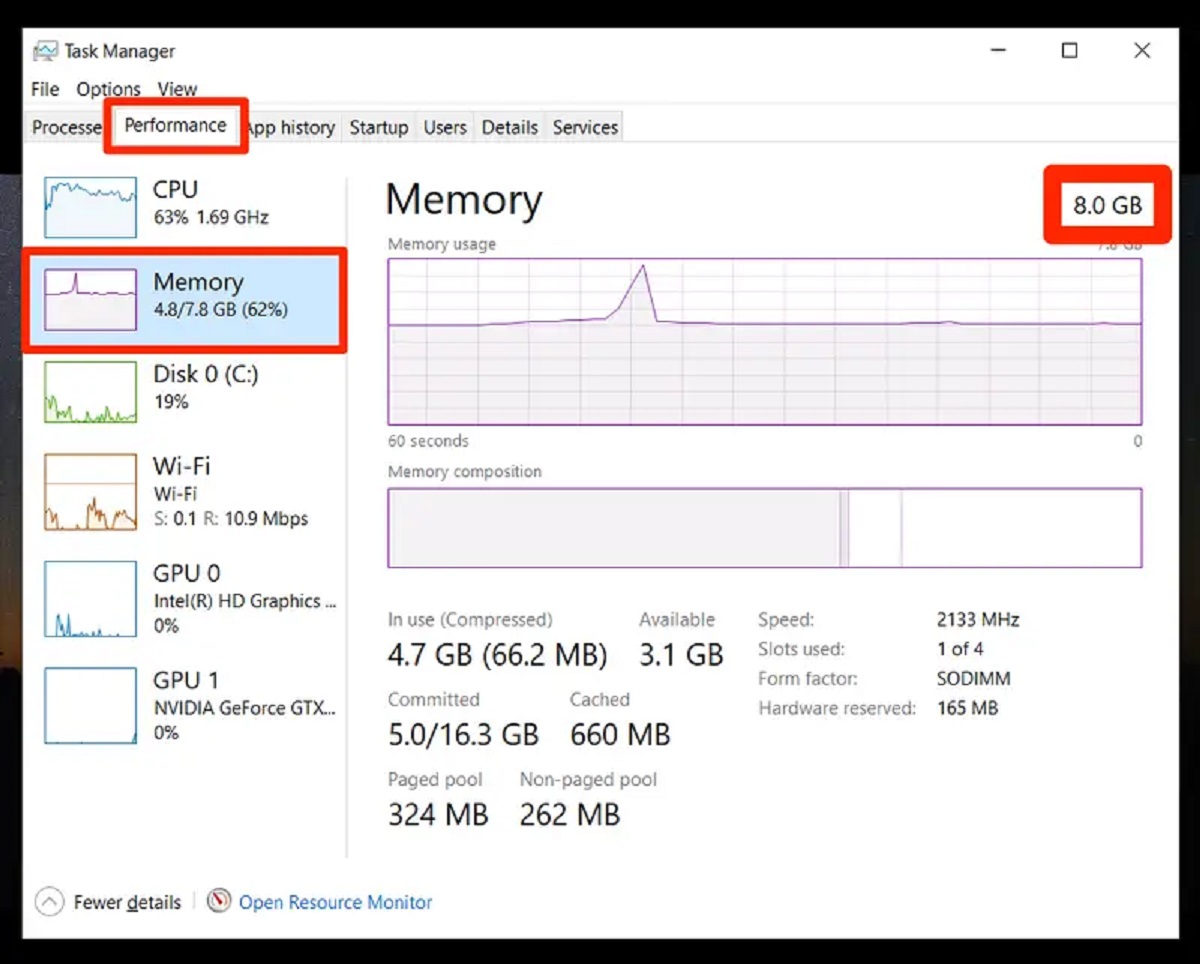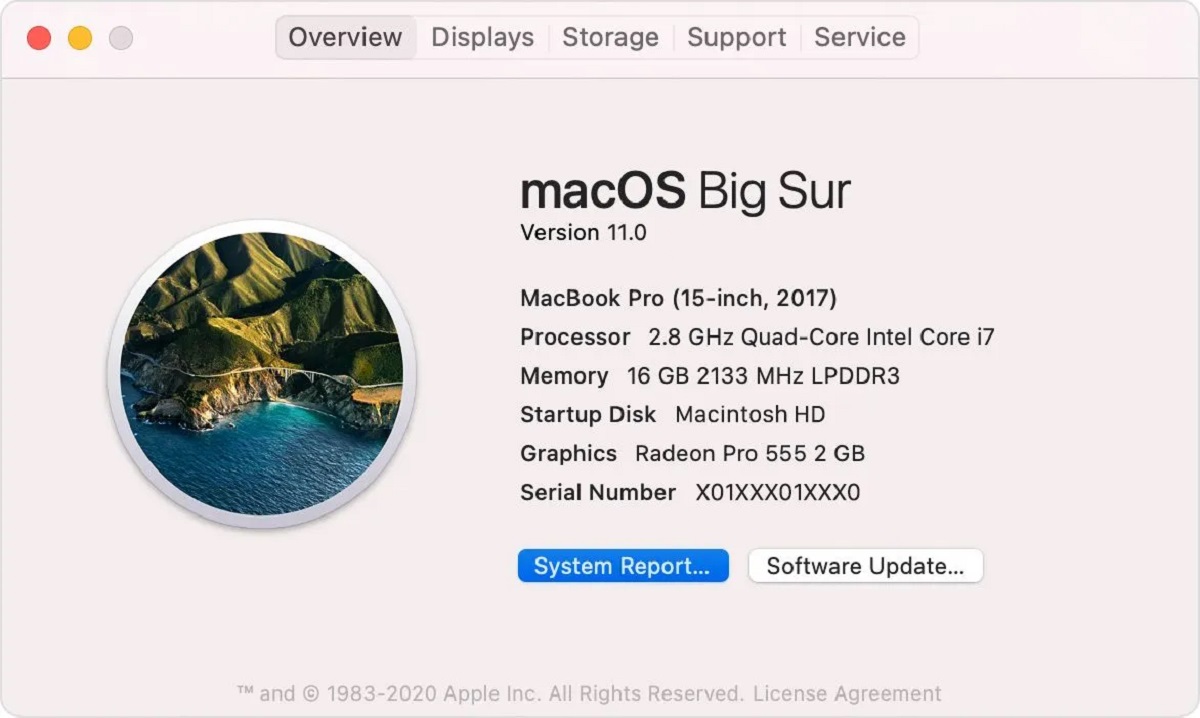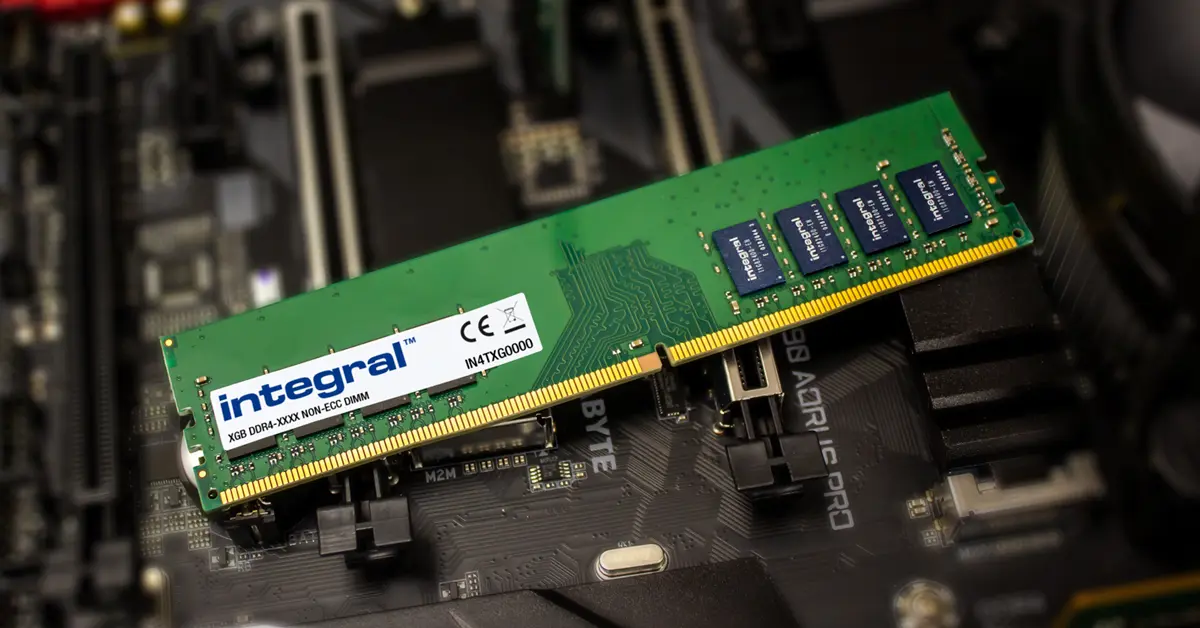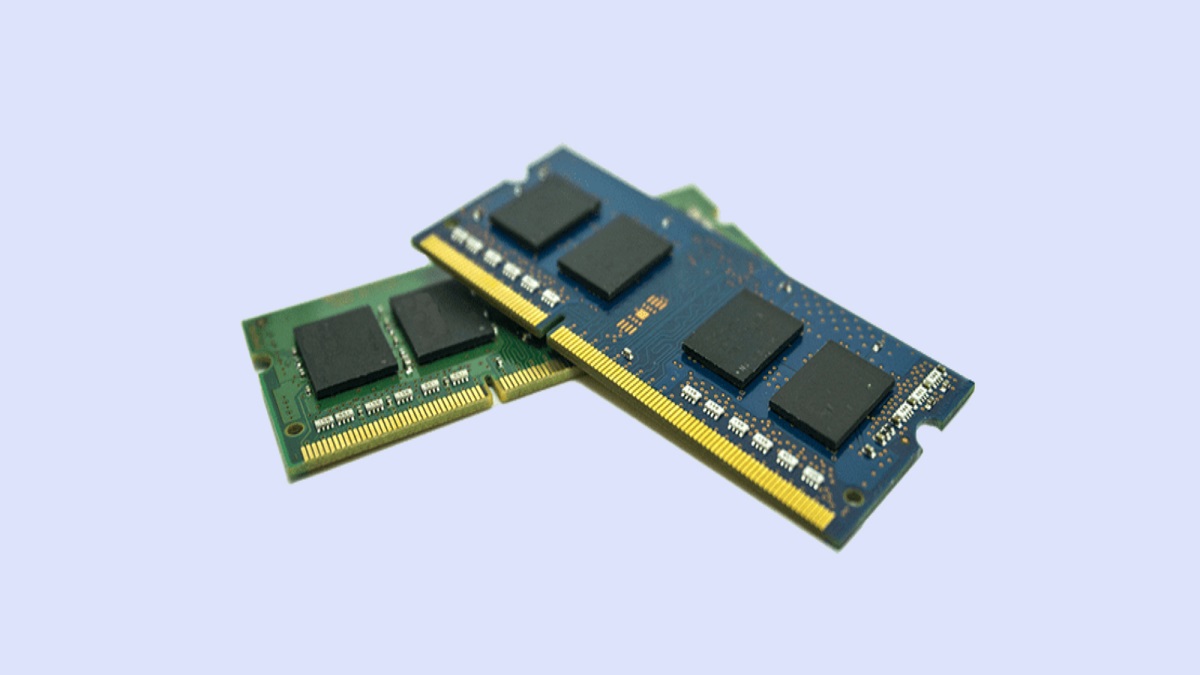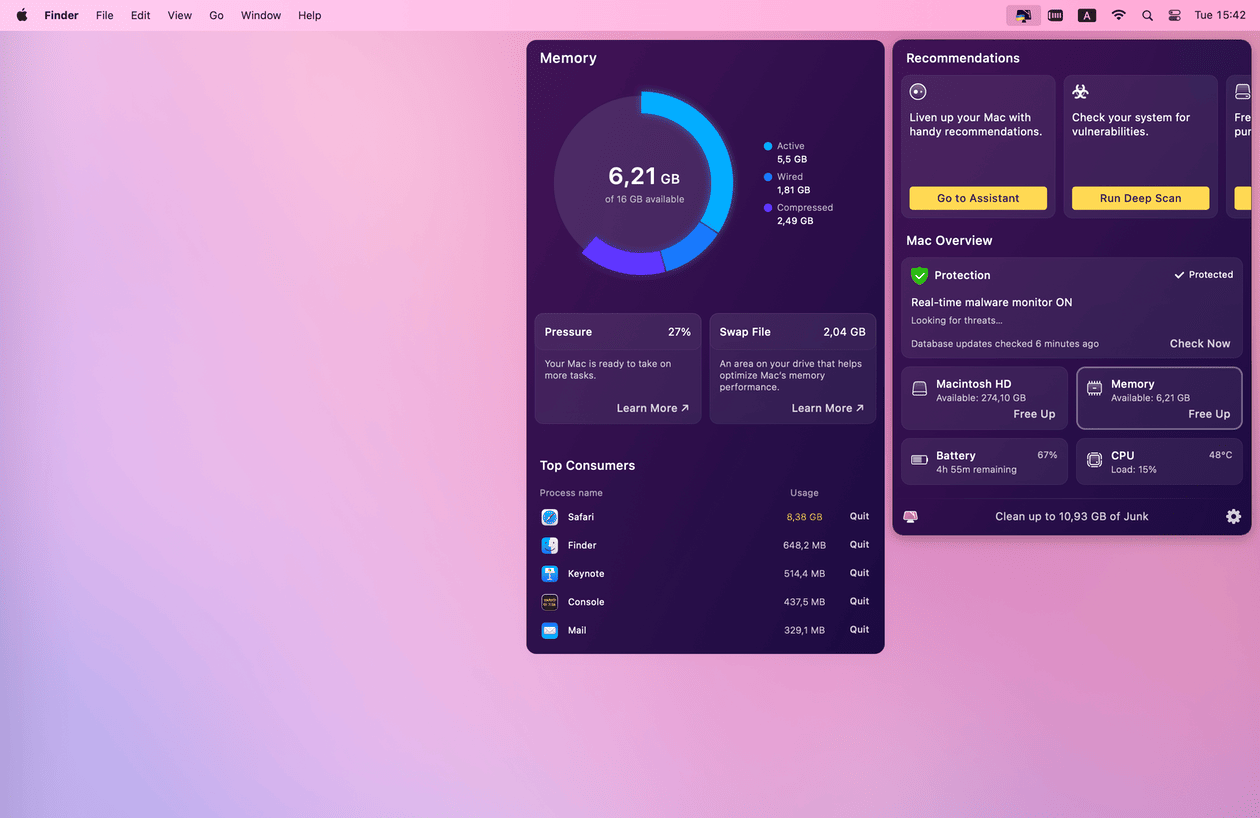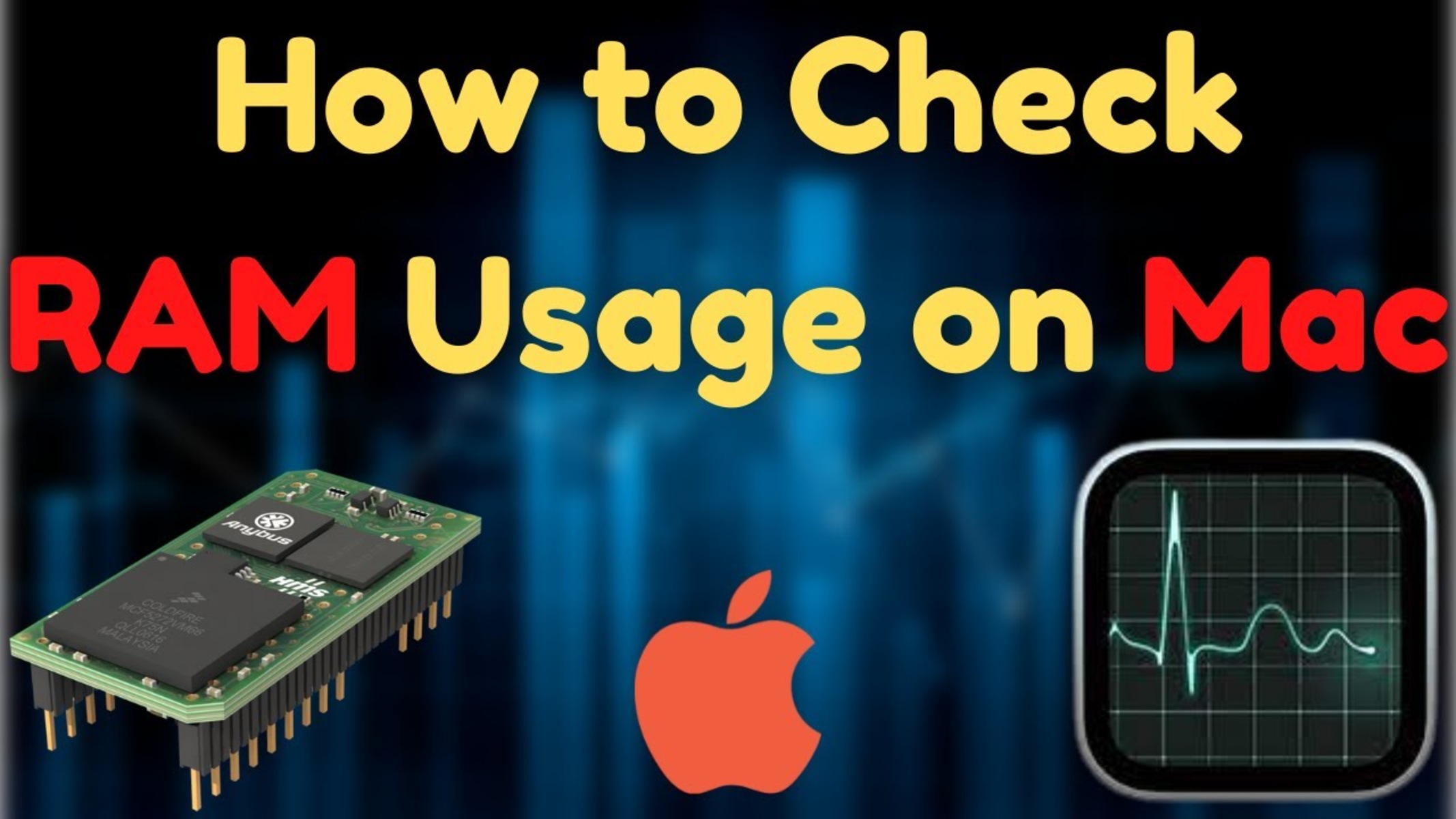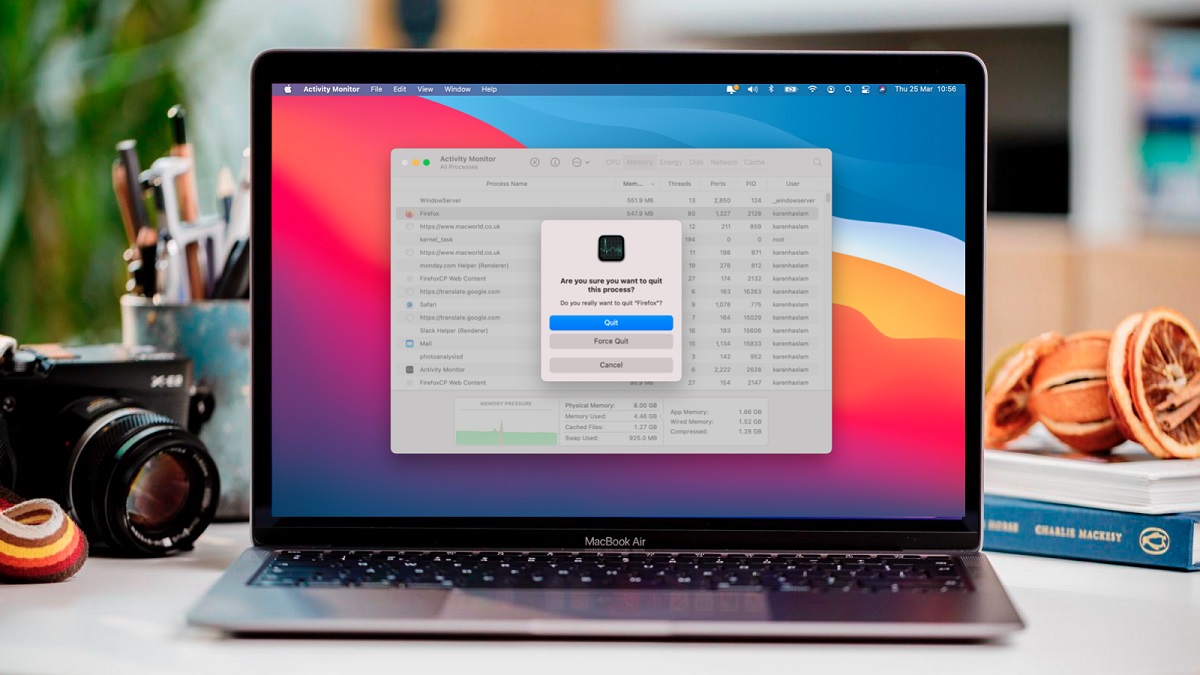Introduction
Welcome to this guide on how to see RAM usage on your Mac. Understanding how much RAM your system is using can help you identify resource constraints, optimize performance, and troubleshoot any potential issues. Mac computers come equipped with various ways to monitor RAM usage, giving you insight into which applications or processes are consuming the most memory.
Random Access Memory (RAM) plays a crucial role in determining the speed and efficiency of your Mac. It allows your computer to access and store data for quick retrieval, enabling smooth multitasking and efficient performance. Keeping track of your RAM usage is particularly important when running memory-intensive applications like video editing software, virtual machines, or graphic design programs.
In this article, we will explore different methods to check RAM usage on your Mac. Whether you prefer using built-in tools or third-party applications, there is an option for everyone. We will cover using the Activity Monitor, Terminal commands, the macOS Menu Bar, and third-party apps to help you find the method that suits your needs best.
By following this guide, you will be able to gain a transparent view of your Mac’s RAM usage, allowing you to better understand how your system is performing and take appropriate actions to optimize its performance.
Method 1: Using Activity Monitor
Activity Monitor is a built-in utility on macOS that provides detailed information about various system resources, including RAM usage. Follow these steps to check your RAM usage using Activity Monitor:
- Open Activity Monitor by going to Applications > Utilities > Activity Monitor.
- In the Activity Monitor window, click on the Memory tab.
- You will now see a list of processes and their corresponding memory usage in the main Activity Monitor window. The Memory Pressure graph at the bottom can also give you an overview of your system’s RAM usage.
- To view more details about a specific process, select it from the list. You can see information such as Real Mem (physical memory), Virtual Mem (virtual memory), and Private Mem (memory allocated exclusively to the process).
- If you want to sort processes by their memory usage, click on the Memory column header. This will organize the processes in descending order of their memory consumption.
Using Activity Monitor, you can identify memory-hungry processes that may be causing performance issues. You can also force quit any unresponsive applications directly from Activity Monitor by selecting the process and clicking on the X button in the toolbar.
This method is ideal for users who prefer the native macOS approach and want to have a comprehensive overview of their system’s RAM usage.
Method 2: Using Terminal Commands
If you’re comfortable using the command line interface, you can also check your Mac’s RAM usage using Terminal commands. Here’s how:
- Launch the Terminal application by navigating to Applications > Utilities > Terminal.
- Type the command
top -o MEMand press Enter. - You will now see a live stream of processes and their memory usage. The processes consuming the most memory will be listed at the top.
- To stop the live stream and view a static snapshot of the processes, press Ctrl + C.
The top command displays real-time information about CPU usage, memory usage, and other system statistics. By sorting the processes by memory usage (-o MEM), you can easily identify which applications or processes are using the most RAM.
With Terminal commands, you have more control over the displayed information and can customize the output to suit your preferences. You can explore other options and flags available with the top command by typing man top in Terminal to access the manual.
This method is particularly helpful for users who are comfortable using the Terminal and want a flexible and customizable way to monitor RAM usage on their Mac.
Method 3: Using the macOS Menu Bar
Another convenient way to keep an eye on your Mac’s RAM usage is by utilizing the macOS Menu Bar. With this method, you can quickly view your system’s memory usage without having to open any additional applications. Here’s how to enable this feature:
- Click on the Apple logo in the top left corner of your screen.
- Go to System Preferences in the drop-down menu.
- Click on Dock & Menu Bar.
- In the left sidebar, select Memory under the MENU BAR section.
- Check the box next to Show memory usage.
Once enabled, you will see the current RAM usage displayed in the Menu Bar, usually on the right-hand side. This gives you a quick glance at your system’s memory utilization at any time.
Additionally, you can click on the memory usage display in the Menu Bar to reveal a drop-down menu that provides more detailed information, such as wired memory, active memory, inactive memory, and compressed memory.
Using the macOS Menu Bar is an excellent option for users who prefer a constantly visible and easily accessible method of monitoring their Mac’s RAM usage without the need for additional applications.
Method 4: Using Third-Party Apps
If you prefer a more specialized and feature-rich approach to monitor your Mac’s RAM usage, using third-party apps can offer additional functionality and customization. There are several excellent applications available that can provide you with detailed insights into your system’s memory usage. Here are a few popular options:
- iStat Menus: iStat Menus is a powerful system monitoring app that offers a wide range of customizable widgets. It can display not only RAM usage but also CPU usage, disk activity, network statistics, and much more. With iStat Menus, you can have real-time information about your Mac’s performance right in your Menu Bar.
- Memory Clean: Memory Clean is designed specifically to optimize your Mac’s memory usage. It can free up inactive memory, clear out cached files, and improve your system’s overall performance. It provides a simple and user-friendly interface to monitor and manage your RAM usage effectively.
- MenuMeters: MenuMeters is another popular utility that adds customizable system monitors to your Menu Bar. It can display CPU, memory, disk, and network usage. MenuMeters allows you to choose which resources to monitor and tweak the appearance and behavior of the displayed information.
These applications offer more advanced features and flexibility compared to the built-in methods. They provide comprehensive insights into your Mac’s RAM usage and allow for customization to suit your preferences.
Before installing any third-party app, it is important to do thorough research and ensure that the app is reputable and compatible with your macOS version.
Using third-party apps is ideal for users who want a more in-depth and customizable way to monitor and optimize their Mac’s RAM usage.
Conclusion
Understanding and monitoring your Mac’s RAM usage is crucial for maintaining optimal performance and troubleshooting any potential issues. Whether you prefer built-in tools or third-party applications, there are multiple methods available to help you keep track of your system’s memory utilization.
In this article, we explored four different methods to check RAM usage on your Mac: using Activity Monitor, utilizing Terminal commands, leveraging the macOS Menu Bar, and utilizing third-party apps. Each method has its own advantages and suits different user preferences.
If you prefer a native approach and want a comprehensive overview, using Activity Monitor is a great option. It allows you to view detailed information about each process and sort them by memory usage.
If you’re comfortable with the command line interface and prefer a flexible and customizable method, using Terminal commands provides you with real-time information and options to customize the output.
The macOS Menu Bar method offers an easily accessible way to constantly monitor your RAM usage without the need for additional applications. It provides a quick glance at your system’s memory utilization.
For users who desire more specialized features and customization options, third-party apps like iStat Menus, Memory Clean, and MenuMeters offer in-depth insights and additional functionality.
Choose the method that best suits your needs and preferences. Regularly monitoring your Mac’s RAM usage will help you optimize its performance, identify resource constraints, and troubleshoot any potential issues, ensuring a smooth and efficient computing experience.







